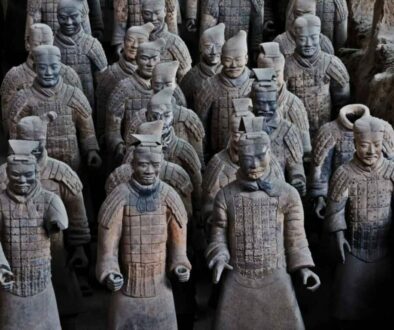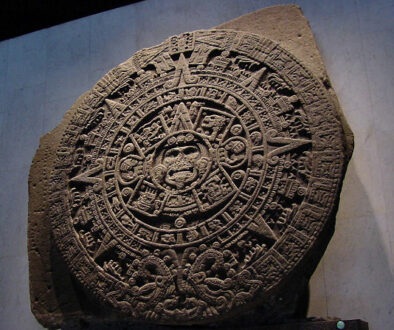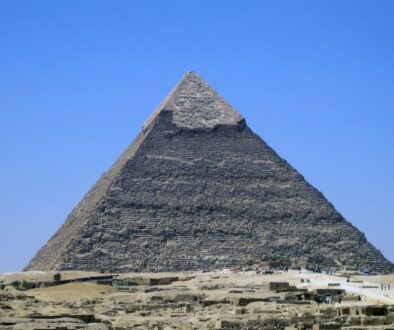INDUS VALLEY
HISTORY: The Indus Valley Civilization, also called the Harappan Civilization is the earliest known urban culture of the Indian subcontinent. It is included along with Mesopotamia and Egypt (which were earlier) as being among these three earliest civilizations in terms of expansion. By 200e, more than 1,000 Mature Harappan cities and settlements had been discovered; while under 100 have been excavated.
GEOGRAPHY: Ut stretched from what is today’s northeast Afghanistan through most of Pakistan and into western and northwestern India.
ECONOMY: The economy of the Indus Civilization was centered on agriculture; animals, zebu cattle, then cereals, grains, and other plants. Additionally, they had wild resources, like fish. They were mostly farmers, so lived off the land. Their currency would have been trading goods.
ACCOMPLISHMENTS: These three main civilizations were noted for their urban planning, baked brick houses, elaborate drainage systems, bunches of large non-residential buildings and new techniques in handcraft and metallurgy (copper, bronze, lead, and tin.
FUN FACTS:
- The Indus Valley Civilization was larger than Egypt.
- A deserter from the army was the first recorded discovery of the Indus Valley Civilization
- It is the largest of the four great ancient civilizations.
- Cities in the Indus Valley were engineering masterpieces of the time.
- They had a more advanced sanitation system than many contemporary urban cities.
- Great architecture is evident by IVC’s dockyards, granaries, warehouses, and massive protective walls.
Six Additional Sites to visit for more information:
https://en.wikipedia.org/wiki/Indus_Valley_Civilisation
https://www.britannica.com/topic/Indus-civilization
https://www.worldhistory.org/Indus_Valley_Civilization/



